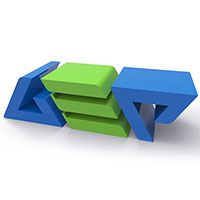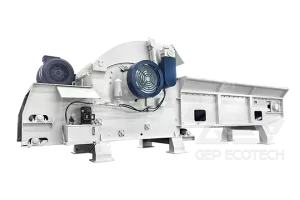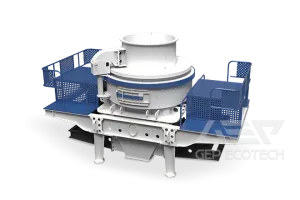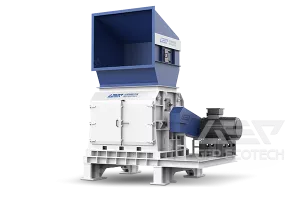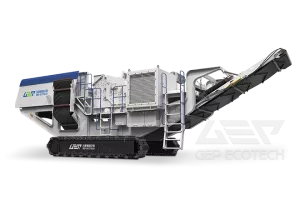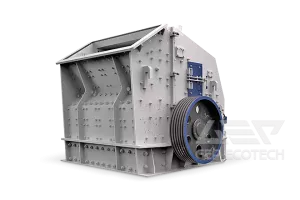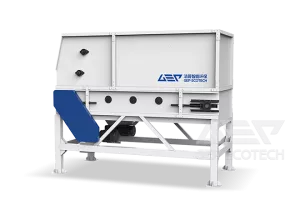How to solve the long-standing dilemma in the treatment of dead livestock and slaughter waste? In the past, most people handled dead cattle and sheep by landfilling or incineration. There were also illegal businesses that used animal carcasses to process into products, forming a black industry and affecting food safety. Improper treatment will directly affect public health and food safety. It will also pollute the air and soil, and will also be detrimental to water sources.
The harmless treatment of animal solid waste has a large volume and heavy supervision tasks. In the past, traditional treatment methods such as burying, incineration, and small cellars were difficult to meet and meet the actual needs. The construction of scientific and environmentally friendly harmless treatment has become an urgent problem Important livelihood projects.
After the animal carcasses and slaughtering wastes are transported from various places, they are crushed, refined, separated and other pipeline processes to form the final product. The resulting aggregate can be used as feed or organic fertilizer to return to the grassland. Animal fats and oils become chemical raw materials such as soap and biodiesel.
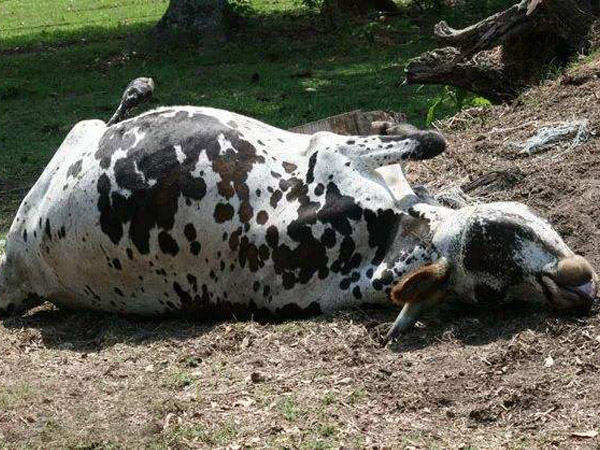
The harmless disposal of animal solid waste is to ensure that dead animals (disease) and their products do not flow to the table, pollute the environment, or spread diseases. At present, the harmless disposal of animal solid waste mainly adopts the "chemical method", that is, animal carcasses enter the animal solid waste crusher in the operation room through a conveyor belt, and then undergo a high-temperature and high-pressure drying technology treatment through a drying pot. This technology can not only effectively kill germs in dead animals, but also turn waste into treasure.
GEP GS series dual-shaft shear crusher adopts "single motor + reducer" drive design. The model has compact structure design, stable and reliable operation. The equipment is made of imported materials to make knives, with strong and wear-resistant performance and high crushing efficiency, which can meet the needs of customers with less materials and low output.
GS series biaxial shearing crusher uses the principle of shearing and tearing between two relatively rotating tools to crush the material. This kind of crushing method has a large crushing ratio, which is more suitable for the blocking of cohesive fur and meat during crushing, especially for the damage of animal bones. There is no phenomenon that other equipment is easily stuck. The decomposition of the carcass can effectively reduce the transportation cost of diseased animals and increase the efficiency of harmless treatment.
Equipment advantages of GS series double shaft shear crusher:
1. Single motor + reducer drive, strong economy, large crushing ratio.
2. Unique cutter design, easy to clean, maintain and replace
3. The raw material of the cutter is made of imported alloy steel, with long service life and good interchangeability.
4. Adopt imported bearings and multiple combined seals, high load resistance, long life, dustproof, waterproof and antifouling. ,
5. GI intelligent technology forms an effective early warning mechanism to effectively reduce equipment operation failure rate and maintenance time.
Animal solid waste is crushed, fermented, sterilized and dried. Under the action of special microbial bacteria, the dead animals and their wastes are converted into organic fertilizer within 24 hours. Finally, batch environmental protection treatment and recycling economy are achieved, and the "source reduction" Waste, eliminate pathogenic bacteria ". The entire process is fully automatic, fully enclosed, odorless, smoke-free, pollution-free, clean and environmentally friendly. The waste gas produced in the production process is discharged to the waste gas treatment tower for centralized purification treatment through pipelines, and is decomposed by biological bacteria. Wastewater is introduced into the sewage treatment machine for purification and biodegradation, and finally the discharged water can be recycled.
Recycling and reuse of animal solid waste, mainly used in agriculture, power industry, petroleum industry and chemical industry. Meat and bone residues from animal solid waste treatment can be used as raw materials for organic fertilizer production and sold to downstream agricultural industries. Animal fats and oils extracted from animal solid waste can be converted into bio-fat (used as lubricating oil) for various machines, used as raw materials in the chemical industry or processed into biodiesel as an alternative energy source for the petroleum industry. At the same time, the carbon dioxide and methane generated from the landfill of animal solid waste and the thermal energy generated from the incineration of animal solid waste can be used to generate electrical energy. In addition, organic fertilizer is the main by-product of animal solid waste composting and can be used in downstream agriculture.

